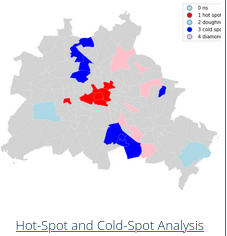Spatial Analysis
1/24/23
Spatial Analysis
- What is Spatial Analysis?
- What is Exploratory Data Analysis?
- What is Exploratory Spatial Data Analysis?
What is Spatial Analysis?
GIS Then

Snow Map
GIS Now
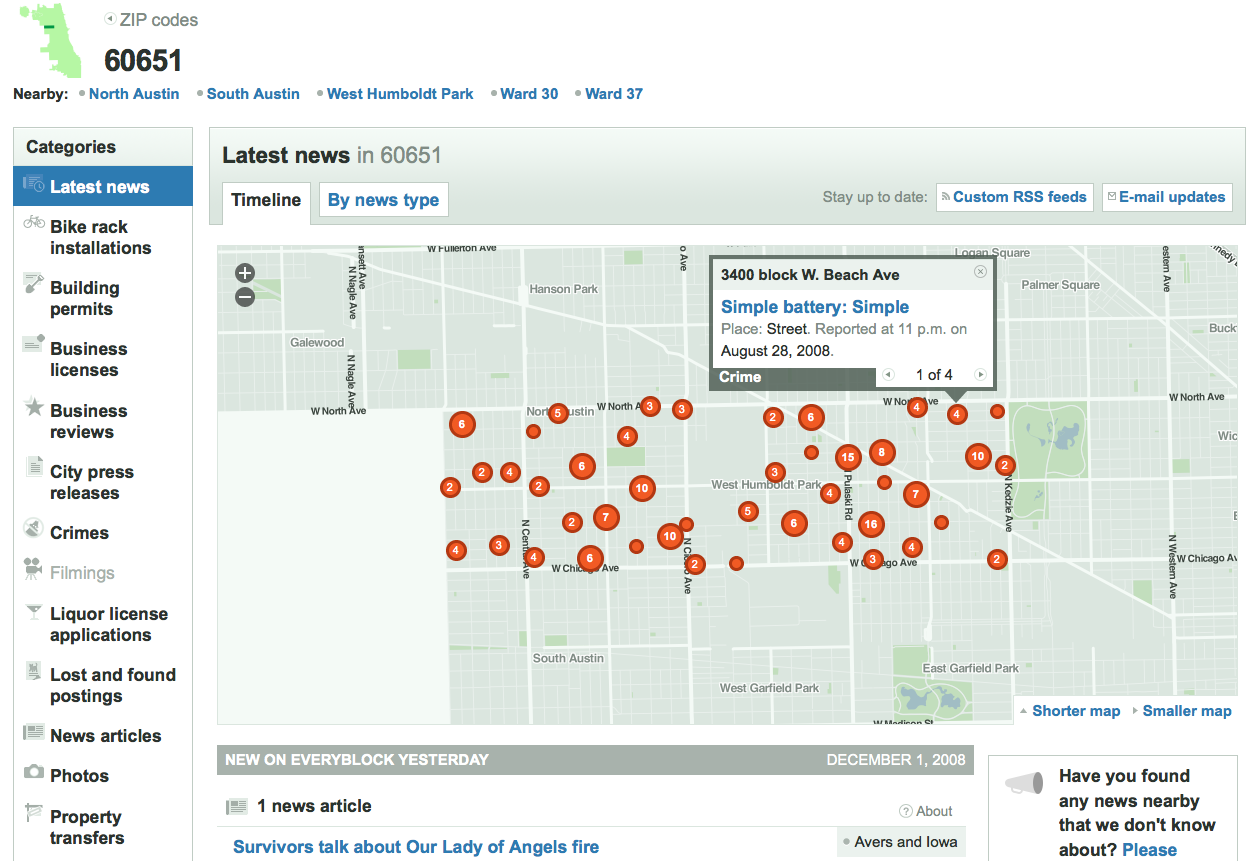
Crime Map
GIS Functions
Anselin-Getis (1992) Taxonomy
Input
Storage
Analysis
Output
Many other taxonomies
GIScience
Goodchild (1992)
cross-disciplinary
central role for spatial analysis
scientific glue
What is Spatial Analysis?
From Data to Information
beyond mapping
added value
transformations, manipulations and application of analytical methods to spatial (geographic data)
Locational Invariance
How Insights Change with Location
spatial analysis is not locationally invariant
the results change when the locations of the study objects change
where matters
State Income Distributions 1929
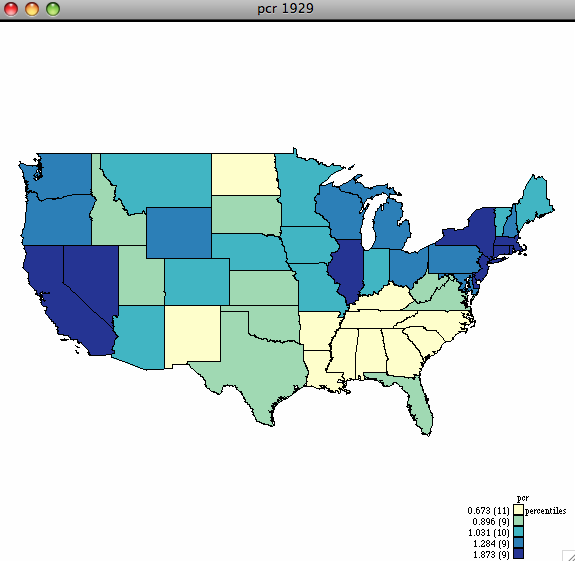
Relative Quintiles
State Income Distributions 1929
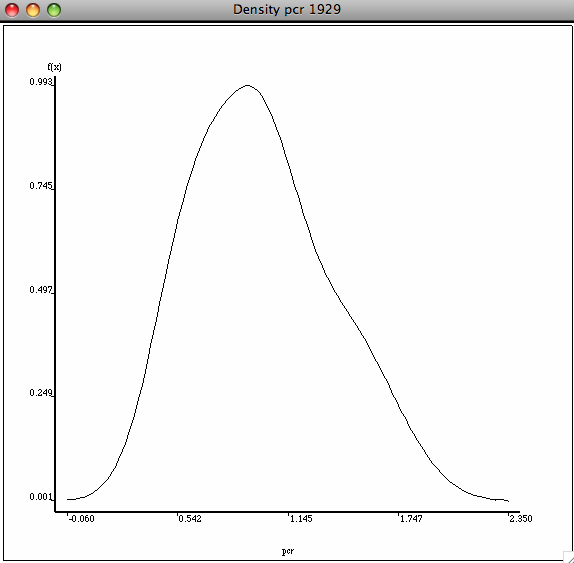
Income Distribution
Randomized Income Distribution 1929

Random Permutation
Randomized Income Density 1929
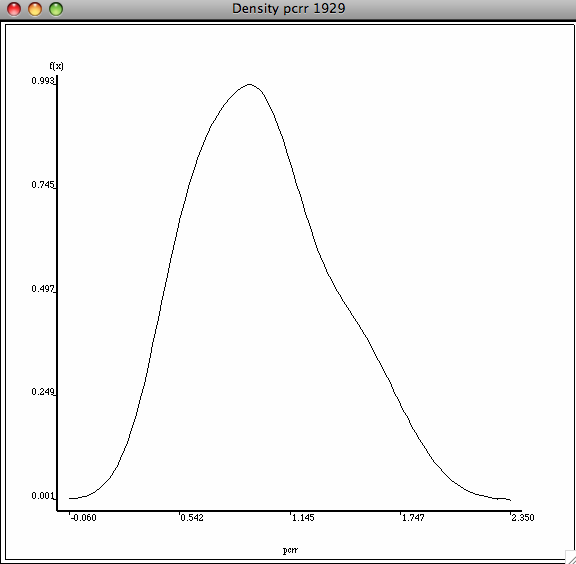
Income Distribution
Localtional Invariance




Locational Variance

Observed
Spatial Autocorrelation Income 1929
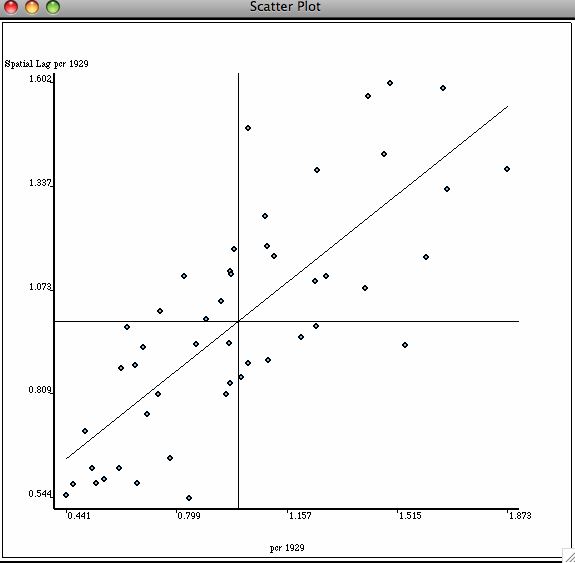
Moran Scatterplot
Randomized Income 1929

Moran Scatterplot (Random)
Locational Variance




Components of Spatial Analysis
- Mapping and Geovisualization showing interesting patterns
- Exploratory Spatial Data Analysis discovering interesting patterns
- Spatial Modeling explaining interesting patterns
Summary: Spatial Analysis
- Beyond Mapping
- Central role for analysis
- Distinguished by Locational Variance
- Location matters
Components
- showing
- discovering
- explaining
What is Exploratory Data Analysis?
Exploratory Data Analysis (EDA)
What is EDA?
EDA is an approach, not simply a set of techniques, but an attitude/philosophy about how a data analysis should be carried out.
Postpones the usual assumptions about what kind of model the data follow
Origins Tukey, J. (1977) Exploratory Data Analysis. Addison, Wesely
Components of EDA
Set of techniques to
maximize insight into a data set
uncover underlying structures
extract important variables
detect outliers and anonalies
test underlying assumptions
suggest hypotheses
develop parsimonious models
EDA Techniqes
Statistical Graphics
EDA relies heavily on statistical graphics
EDA is not identical to statistical graphics
Graphics support pattern recognition and open-minded exploration
Interactive graphcs push this even further
Quantitiatve Methods: Although heavily graphic in orientation, there are also a number of numerical techniques in EDA.
EDA Versus Confirmatory Analysis
Confirmatory Analysis (e.g. regression)
Problem \(\rightarrow\) Theory \(\rightarrow\) Model \(\rightarrow\) Data \(\rightarrow\) Conclusion
Exploratory Analysis
Problem \(\rightarrow\) Data \(\rightarrow\) Analysis \(\rightarrow\) Model
What is Exploratory Spatial Data Analysis?
Exploratory Spatial Data Analysis (ESDA)
Definitions
Type of EDA
Extended to include spatial attributes of the data
Crossfertilization
Applying classic EDA to spatial data
Developing new EDA methods for spatial data
Interactions between EDA and ESDA
How does ESDA fit in spatial analysis?
Spatial Modeling?
Modeling based on assumptionss
ESDA largely model free
Matter of degree (e.g., clustering)
Mapping?
Maps play a critical role in ESDA
Does a map = ESDA?
No. ESDA = map, manipulation + visualization
Next Up
Spatial Analysis Software
